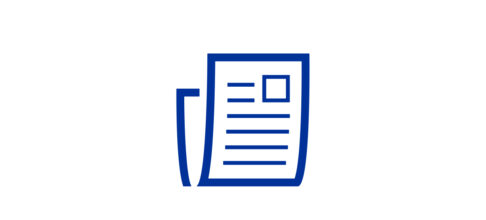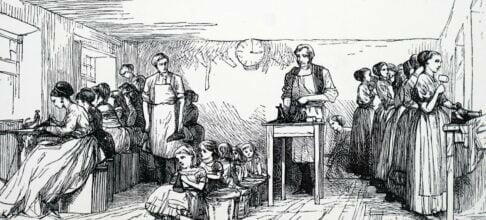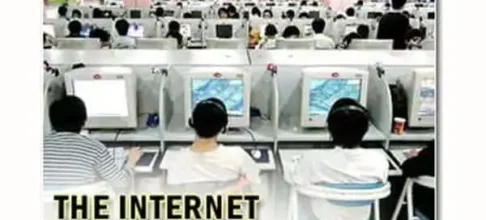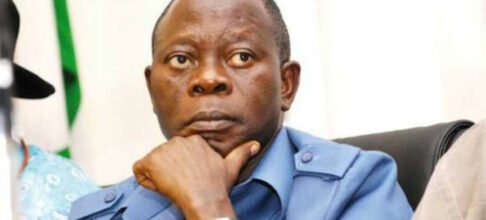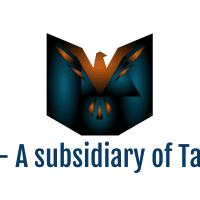If a stronger-than-expected economy persists, “It’ll probably mean we have to do a little more work,” Bostic told Bloomberg News in a phone interview on Monday. “And I would expect that that would translate into us raising interest rates more than I have projected right now.”
Bostic reiterated that his base case remains for rates to reach 5.1%, in line with the median of policymakers’ December forecasts, and stay there throughout 2024. A higher peak could come through an additional quarter-point hike beyond the two currently envisioned, he said, while not ruling out a half-point increase.
Two-year Treasury yields ticked higher after the publication of Bostic’s remarks and US stocks fell, though they later rebounded.
Investors have lifted where they see rates peaking this year and are now in line with that projection following the much stronger-than-expected January employment report. Employers added 517,000 new jobs last month while unemployment fell to 3.4%, the lowest since May 1969.
The Federal Open Market Committee raised its benchmark rate by a quarter percentage point to a range of 4.5% to 4.75% last week. The smaller move followed a half-point increase in December and four jumbo-sized 75 basis-point hikes prior to that.
The Atlanta Fed president, who doesn’t vote on policy this year, said officials will need to understand if the jobs report was an “anomalous reading” in which case he would be “inclined to look through this a bit.”
Bostic said the committee could also consider moving back to a 50 basis-point hike if it needed to, though that’s not his expectation. He supported last week’s downshift in rates.
“It wouldn’t surprise me if we saw this quarter or the next come in stronger than people expect right now,” Bostic said, adding he’s focused on “imbalances between supply and demand” because too much demand can lead to higher inflation.
“Job one for us has got to be to get inflation back under control,” he said. “And I’m going to do all I can to see that we do that.”
Bostic said even after pausing rate hikes, the committee could chose to hike further if necessary.
“I like optionality, so I never want to foreclose any action, but I do think that a lot of this will depend on how the economy evolves relative to my expectations,” he said. “We understand what data dependence means and we’re going to try to avoid getting too locked in to just one approach.”
Bostic said he expected inflation to be in the “low 3s” this year, still well above the Fed’s 2% target, requiring rates to be higher for longer.
“Those last few tenths of a point can take a long time to be realized,” he said. “And so I want to make sure that we are in the right place before we start easing off our policy because the most important thing at this stage is to get our price stability measure as close to target as possible.”
Chair Jerome Powell, speaking to reporters on Feb. 1 after the conclusion of the Fed’s meeting, said policymakers expect to deliver a “couple” more interest-rate increases before putting their aggressive tightening campaign on hold.
He also cautioned that an easing in a too-tight labor market would be needed to cool continuing price pressures. The chair cited a ratio of 1.9 job openings for every unemployed worker, near a historic high.
Powell has a chance to reinforce his message in the aftermath of the red-hot jobs print when he speaks again at 12:40 p.m. on Tuesday in Washington.
The Fed has sought to cool wage gains to a level consistent with its 2% inflation target. The jobs report showed average hourly earnings rose 0.3% versus December and were up 4.4% from a year earlier, yet the prior month was revised higher.
While the jobs figures showcase the resilience of the job market, Fed officials have said their goal is to reduce US growth to below its long-term trend to ensure price pressures are brought to levels that existed prior to the Covid-19 pandemic.
The Atlanta Fed chief said the strong payroll report improved the outlook for a soft landing of the US economy.
“I’ve said for a long time that I thought there’s a lot of momentum in the economy and that there was a good chance that that momentum was going to be sufficient to absorb our policy tightening in ways that could help us avoid a recession,” he said.
Learn how to navigate and strengthen trust in your business with The Trust Factor, a weekly newsletter examining what leaders need to succeed. Sign up here.
Read More



